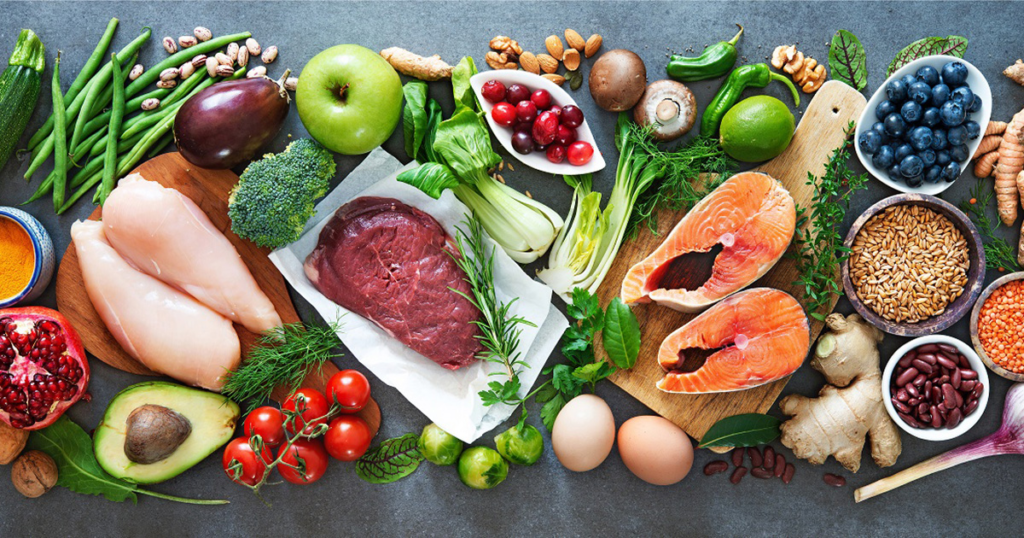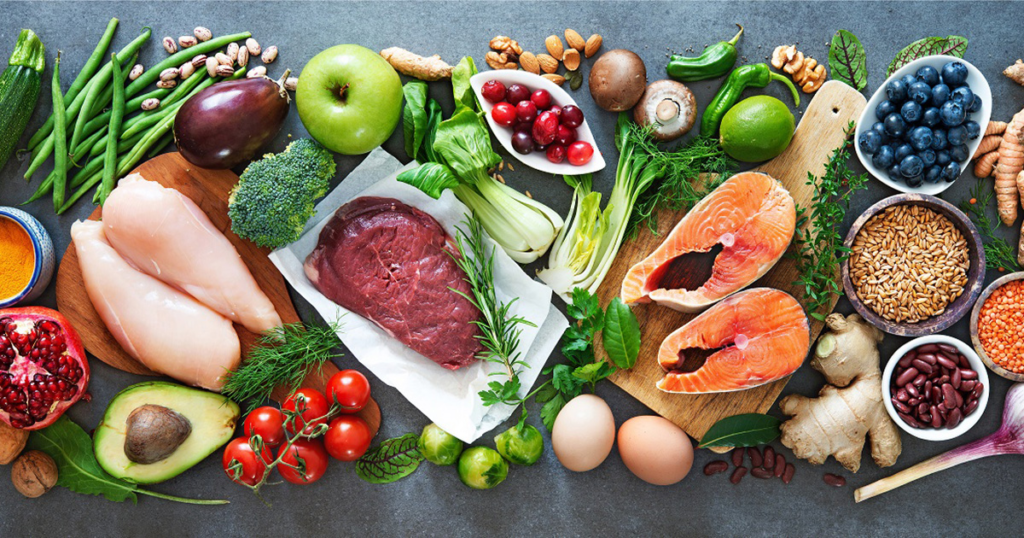Cooking is a delightful and creative pursuit, and at its heart, it relies on selecting the right ingredients and storing them properly. Whether you’re a seasoned chef or just starting your culinary journey, understanding how to choose and preserve your ingredients is essential for creating delicious dishes. In this article, we’ll explore the art of selecting and storing ingredients correctly to ensure the success of your culinary endeavors.
Selecting Ingredients
- Fruits and Vegetables:
- Color and Texture: When choosing fruits and vegetables, look for vibrant colors and firm textures. Avoid items that are overly soft, bruised, or discolored.
- Seasonality: Select produce that is in season, as it is likely to be fresher and more flavorful. Seasonal ingredients are also more budget-friendly.
- Aroma: For fruits like melons and pineapples, a sweet, fragrant aroma is a good indicator of ripeness.
- Meat and Seafood:
- Freshness: When purchasing meat and seafood, freshness is key. Look for bright, vibrant color and a clean, briny scent for seafood. For meat, avoid any off smells or discoloration.
- Marbling: In meat, visible marbling (intramuscular fat) indicates tenderness and flavor.
- Sustainability: Consider choosing sustainably sourced seafood to support responsible fishing practices.
- Grains and Legumes:
- Packaging: When buying grains like rice and legumes, examine the packaging for any signs of damage or insects.
- Appearance: Opt for whole grains with their bran and germ intact for the highest nutritional value.
- Dairy Products:
- Freshness: Check the expiration date on dairy products, and ensure that the packaging is intact.
- Aroma and Texture: Smell and touch are essential when assessing dairy. Sour or off odors are a sign of spoilage.
Storing Ingredients
- Refrigeration:
- Store perishable items such as dairy, meat, seafood, and fresh produce in the refrigerator at the recommended temperature. Make use of crisper drawers and ensure proper airflow.
- Freezing:
- Freeze items that you won’t use immediately, like bread, meat, or leftover cooked dishes. Use airtight containers or freezer bags to prevent freezer burn.
- Pantry:
- Keep dry goods like pasta, rice, canned vegetables, and grains in a cool, dark, and dry pantry. Use airtight containers to protect against pests and moisture.
- Herbs and Spices:
- Store dried herbs and spices in a cool, dry place away from direct sunlight. Ground spices lose their potency faster than whole spices, so consider grinding them as needed.
- Ethylene Sensitivity:
- Be aware of ethylene-producing and ethylene-sensitive fruits and vegetables. Ethylene can accelerate the ripening and spoilage of sensitive items. Store ethylene-sensitive produce away from ethylene producers.
- Labeling:
- Label containers with the date of purchase or storage to keep track of the freshness of ingredients, particularly when freezing or using pantry staples.
General Tips for Ingredient Storage
- Properly Seal Containers: Always use airtight containers to prevent air, moisture, and pests from affecting your ingredients.
- Use Transparent Containers: Transparent containers allow you to quickly identify the contents, reducing the risk of ingredients going to waste.
- First In, First Out (FIFO): When storing ingredients, practice the FIFO method, where you use the oldest items first to minimize food waste.
- Regular Inventory Checks: Periodically inspect your ingredients, especially those in the pantry, to identify items that need to be used before they expire.

In conclusion, selecting and storing ingredients correctly is the foundation of successful cooking. It ensures that your dishes are not only safe to eat but also delicious and full of flavor. By making informed choices when selecting ingredients and following best practices for storage, you can make the most of your culinary endeavors, reduce food waste, and ultimately savor the satisfaction of a well-prepared meal.




